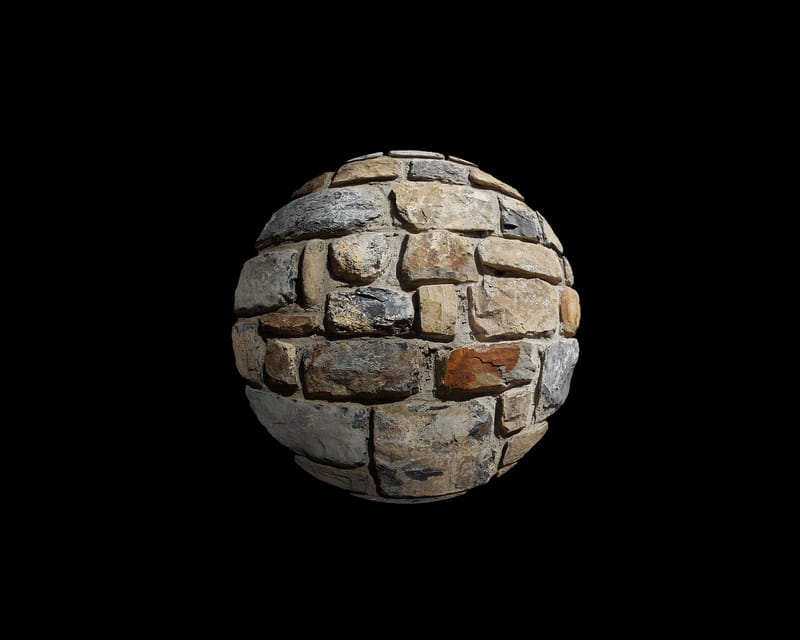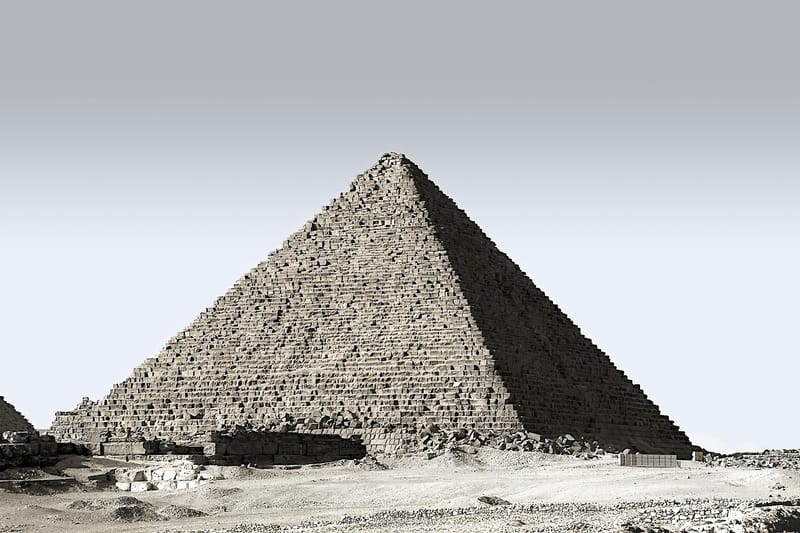Explore - Part 3
The Evolution of Human Civilization: A Journey through Time - Part 3

Welcome to the third part of our journey through time, where we explore the fascinating evolution of human civilization. In this installment, we will delve into the ancient civilizations of Mesopotamia, Egypt, and the Indus Valley.
Mesopotamia
Mesopotamia, located in present-day Iraq, was one of the cradles of civilization. The Mesopotamians developed writing, the wheel, and complex irrigation systems. They established city-states such as Ur and Babylon and created the world's first written legal code, the Code of Hammurabi.
Egypt
Ancient Egypt, with its majestic pyramids and pharaohs, flourished along the Nile River. The Egyptians excelled in architecture, art, and astronomy. They developed hieroglyphic writing and believed in an afterlife, leading to elaborate burial practices such as mummification.

Indus Valley Civilization
The Indus Valley Civilization, located in present-day Pakistan and northwest India, was renowned for its advanced urban planning and sophisticated drainage systems. Cities like Mohenjo-Daro and Harappa had well-organized streets and brick houses with indoor plumbing.
Key Highlights:
- Mesopotamia: Writing, wheel, Code of Hammurabi
- Egypt: Pyramids, hieroglyphics, mummification
- Indus Valley: Urban planning, drainage systems
These ancient civilizations laid the foundation for human progress and left a lasting legacy in art, architecture, and governance. Join us in the next part of our journey as we explore more wonders of the past!
Stay tuned for Part 4 of our series on the Evolution of Human Civilization.
